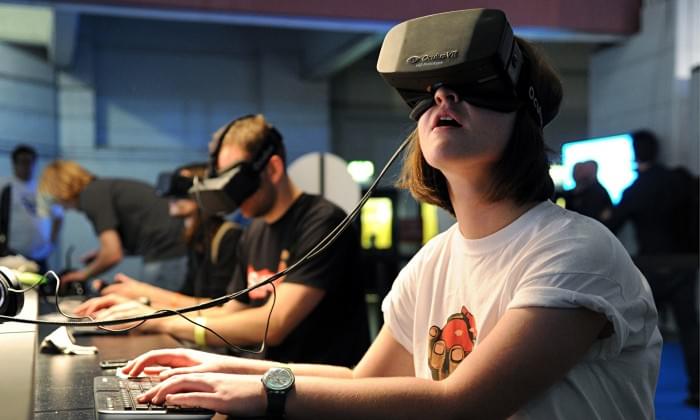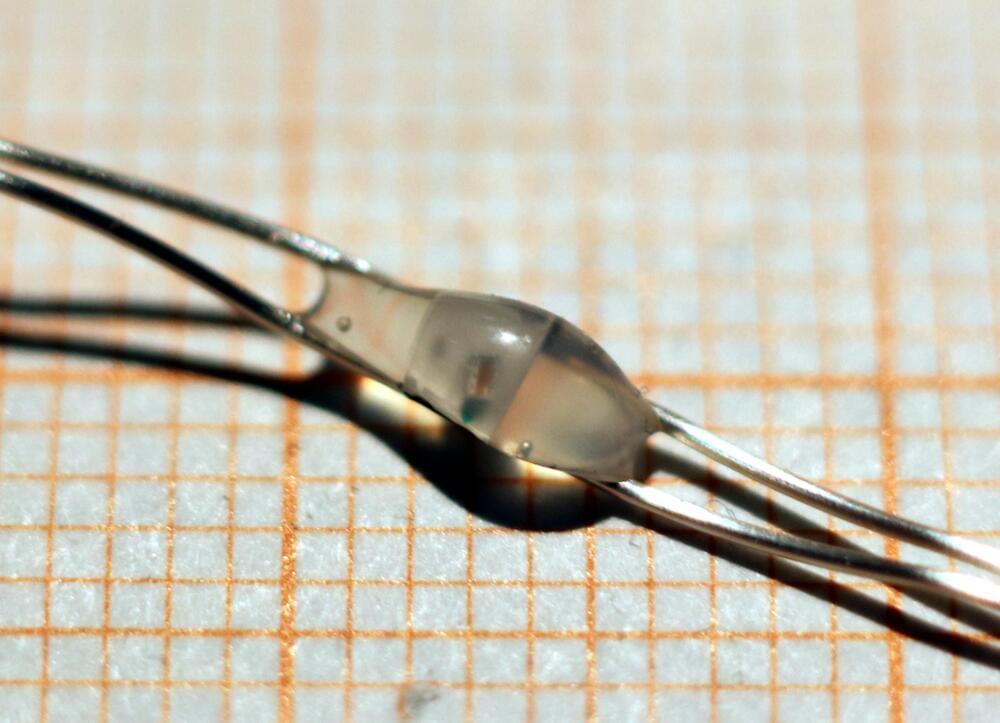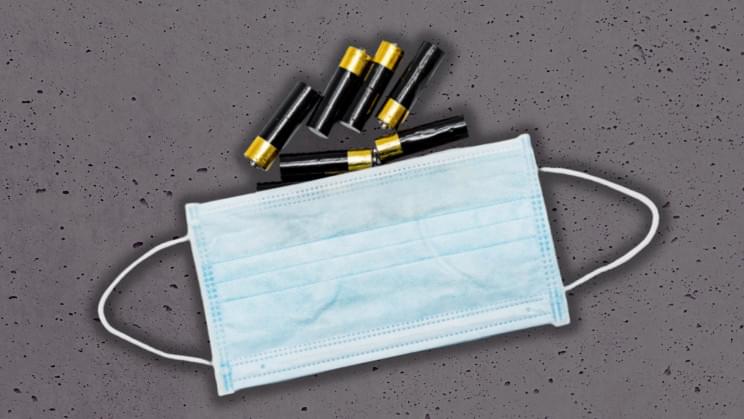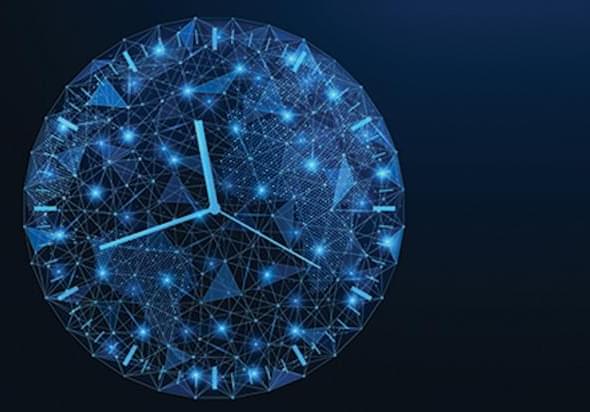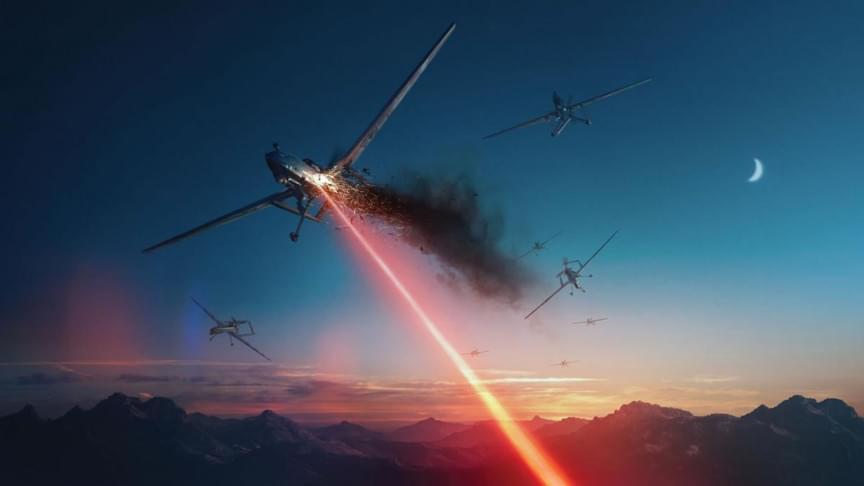At Apple’s World Wide Developer Conference today, the company made a major shift in their embrace of virtual reality with several new VR announcements during the event’s opening keynote.
Though well loved, Apple’s computer lineup got somewhat left in the dust at the launch of the Rift and Vive, both of which had hardware requirements that exceeded what Apple had on offer. To that end, the company largely steered clear of talking about VR publicly.
Today marks a major shift in Apple’s public support for virtual reality. VR was a recurrent theme throughout the keynote today, highlighting their belief in the importance of the medium. Here’s an overview of everything they announced:
